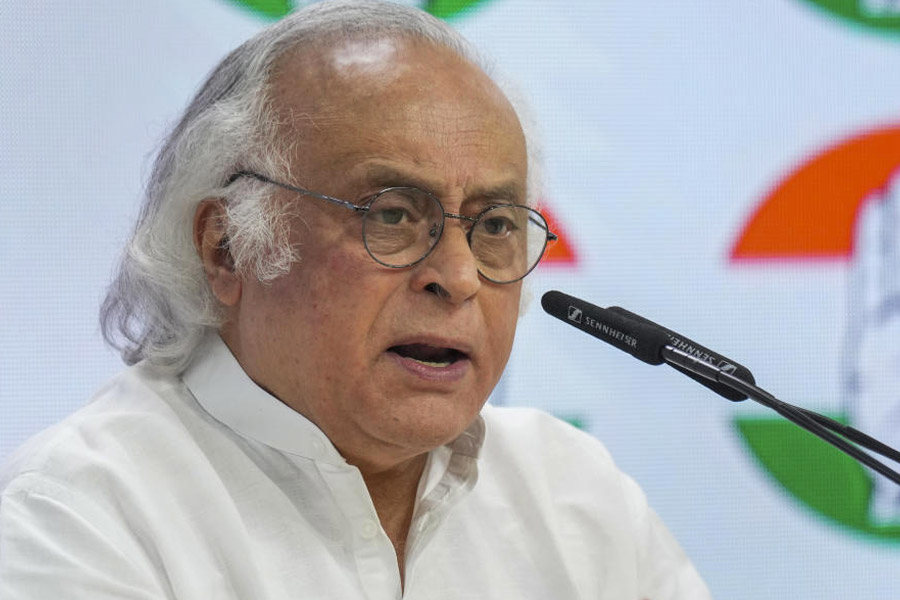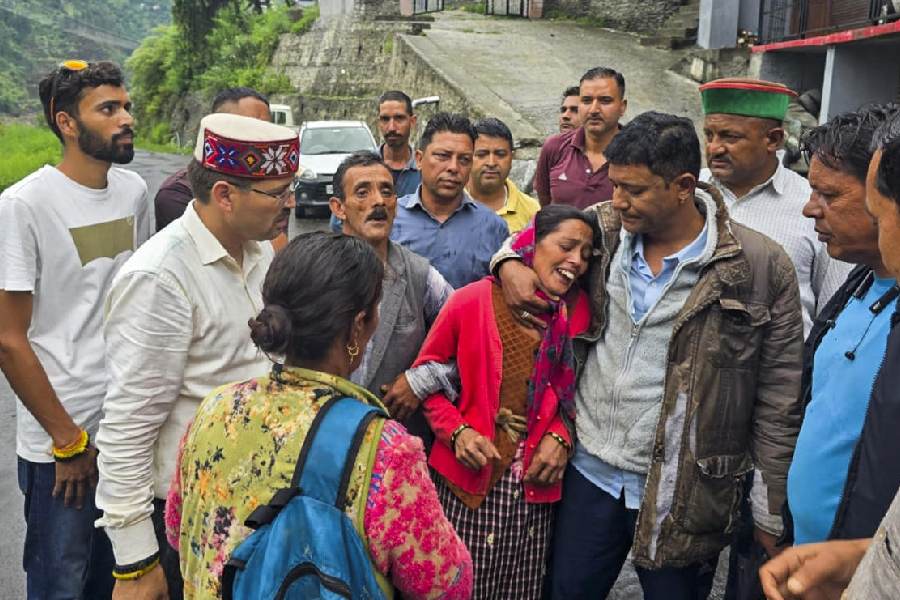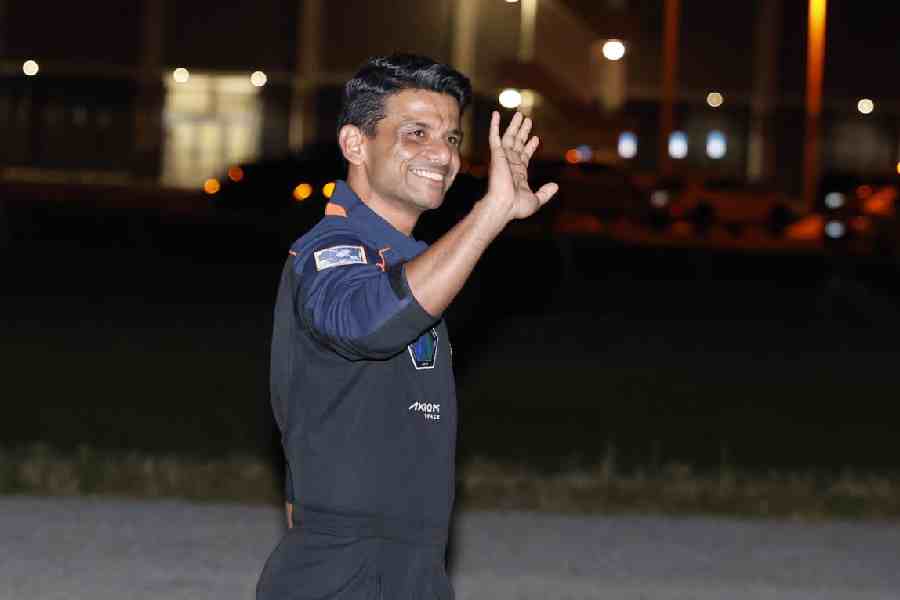 |
| Ramakrishna Mission Institute of Culture: Language hub |
“Kemon achho” might be the first thing you learn if you make your way to the second floor of Ramakrishna Mission Institute of Culture, at Gol Park. In a little old-fashioned room, twice a week, Bengali lessons are being held.
Mostly foreigners, who plan to stay long in this part of the world, enrol for the courses. One can start with the Bengali Junior, which starts every January and concludes with a final examination in June. Assuming you pass that, the Bengali Senior beckons, starting in July.
While the Junior gives a basic knowledge in grammar and the reading and writing of the Bengali script, the Senior focuses more on fluent conversation and the understanding of important Bengali literature. “It is fast and difficult but good,” says Michelle, a student.
Not just foreigners, Bengalis who have not grown near their roots also come to learn how to write and read their mother tongue. “My father worked for the government,” explains Anuja. “We had to move often and I never went to a Bengali school. But my grandfather wants me to read Bengali poems.”
Having started teaching foreign languages in 1961, the Ramakrishna Mission Institute of Culture currently offers courses in 15 different languages. With 71 teachers for 7,500 students on the rolls, Arabic, Bengali, Chinese, English, French, German, Hindi, Italian, Japanese, Latin, Persian, Portuguese, Sanskrit, Spanish and Urdu are taught here.
The teaching hours are from 10.30 am to 8 pm and the fees range from Rs 35 to Rs 75 per month. A four-month “crash course” in Bengali was added six years ago. It is meant for non-Bengalis working in government offices who cannot stick to the schedule of the six-month courses.
The specific field of the institute is the studies of culture, into which teaching languages has been integrated. While aiming to make inter-cultural exchange easier by blurring the language barriers, passing on the heritage of Ramakrishna is also the main purpose of the institute.
“When you teach languages, you also teach values,” explains principal Chandana Guha Sircar. Stress the unity of mankind and the equal validity of all religions and cultures, are the main messages. Beside the languages, a bright spectrum of lectures, debates, seminars, study circles and scripture classes, as musical programmes are also offered and space is given for an inter-cultural exchange between the national and foreign students, and scholars of the institute.
The majority does go for the English courses, but Shanti Ranjan Mukherjee, teaching at Gol Park since 1983, often has around 30 students in the Bengali class. The main reason for putting themselves through the grind is their desire for communication, vital at home, with friends at university or colleges or at a new workplace. “As I am working as a social worker,” explains Michelle from the US, “I need to talk to the people, to get to know about their needs.”
As long as that basic need to connect in a not-so familiar tongue remains, the language courses at Ramakrishna Mission will stay relevant.











